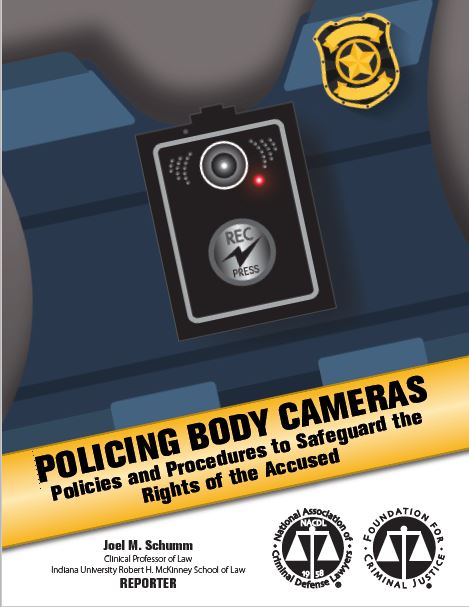BWCs: Reducing Violence Between Officers and Citizens
One of the most compelling perceived benefits of body-worn cameras (BWCs) involves the potential for reductions in citizen complaints and police use of force. A handful of early studies reported significant reductions in both outcomes following BWC adoption, but several recent studies have failed to document such effects.

